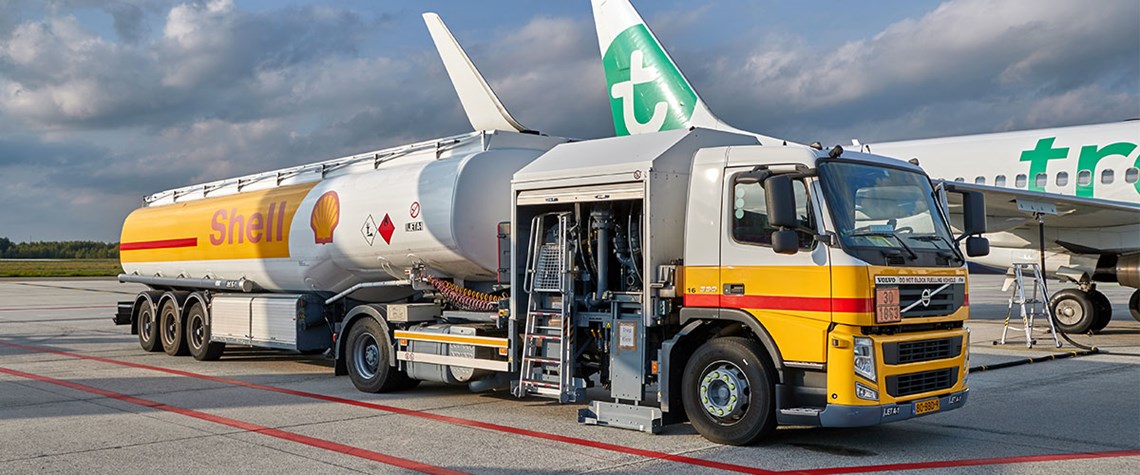SAF ‘most viable solution’ for aviation in short term – Shell
The oil major aims to scale up SAF production in effort to decarbonise aviation, with hydrogen a potential fuel for larger aircraft or SAF feedstock in long-term
Aviation is cited as one of the hard-to-abate sectors, where options for reducing emissions with current technology are limited. Jan Toschka, president of Shell Aviation, shares his view on the most viable opportunities for decarbonising aviation in the near-term and how hydrogen may play a role in the future. What are some of the key challenges to developing ‘zero carbon’ aviation technology? Are certain technologies more suited for domestic versus long-haul flights? Toschka: To meet net-zero emissions in aviation, we need to explore every avenue available to us. At Shell, this involves supporting innovative R&D that helps develop new aviation solutions. “It is important to develo

Also in this section
22 July 2025
The gas-hungry sector is set for rapid growth, and oil majors and some of the world’s largest LNG firms are investing in ammonia production and export facilities, though much depends on regulatory support
16 July 2025
Major manufacturer cancels rollout of new hydrogen-powered vans and strengthens focus on battery electric and hybrid markets
16 July 2025
Oil and gas major calls for expression of interest in product from Lingen project ahead of startup in 2027
14 July 2025
Danish electrolyser manufacturer decelerates pre-FID work on planned Virginia plant despite renewed clarity over 45V tax credit








